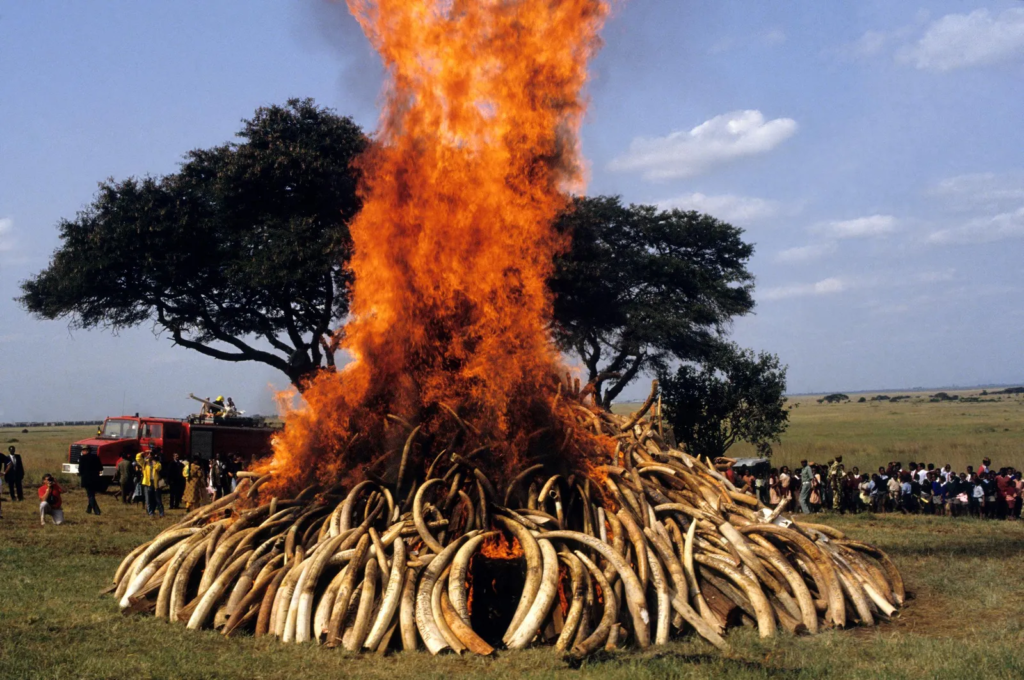What is anthropocene?
The Anthropocene is a proposed geological epoch dating from the commencement of significant human impact on Earth until now. It affects Earth’s geology, landscape, limnology, ecosystems and climate. The Anthropocene Epoch is an unofficial unit of geologic time, used to describe the most recent period in Earth’s history when human activity started to have a significant impact on the planet’s climate and ecosystems.
In simple terms, it is how human activity impacts the earth.
Mood Board:

The word Anthropocene comes from the Greek terms for human (‘anthropo’) and new (‘cene’), but its definition is controversial. It was coined in the 1980s, then popularised in 2000 by atmospheric chemist Paul J Crutzen and diatom researcher Eugene F Stoermer. The Earth is approximately 4.5 billion years old while humans have been here for a much smaller scale, yet irreversible influence has taken place on biodiversity and nature, fundamentally altering the Earth’s physical, chemical and biological code. In the last 60 years, the Great Acceleration has began. This is a term used for the increasing rate at which human impacts are unfolding at an unprecedented scale and speed, causing the globe to deteriorate and become more modified, spiralling downwards. Being the most influential species of the planet, human behaviour has created a snowball effect of significant impacts not only for other ecosystems or species but ourselves too. Just a few of these are:
- Extinction
- Habitat destruction
- An increase in extremeness and frequency of severe weather conditions e.g earthquakes, tornados and storms
- Carbon dioxide emissions
- Global warming
- Ocean acidification
To accelerated and irreversible global warming, the Anthropocene may coincide with the rise of the modern environmental movement, as a new geological age that has displaced the Holocene of the last 10,000 to 12,000 years. Human beings have become an emerging geological force that affects the future of the Earth.
The dramatic changes in the correspondence of humans and the environment. Beginning with the Industrial Revolution, the late 1940s and early 1950s, the strong impact of Contemporary Society, the rise of capitalism, the colonization of the world, and the era of fossil fuels. The geologist, Thomas Jenkyn spoke of anthropozoic rocks, the geologist Pavlov used it to refer to a new geological period in which humanity was the main cause of planetary geological change, later Paul Crutzen (Nobel Prize in Chemistry) gave popularity to the term Anthropocene.

Just over twenty years ago, scientists introduced a term to denote a new geological epoch in which human activity has had a marked impact on the global climate: the Anthropocene. Since that time, the concept of the Anthropocene has been exposed to a wider public audience through expanding environmental studies and scholarship, increasing coverage in the popular press, widespread and fervent activism, and a variety of artistic responses. Second Nature: Photography in the Age of the Anthropocene is the first major exhibition to examine the Anthropocene through the lens of contemporary photography. Comprised of 45 photo-based artists working in a variety of artistic methods from studios and sites across the globe, Second Nature explores the complexities of this proposed new age.
Since it’s emergence, the term Anthropocene been adopted by disciplines outside of the sciences including philosophy, economics, sociology, geography, and anthropology, effectively linking the Anthropocene to nearly every aspect of post-industrial life. Organized around four thematic sections, “Reconfiguring Nature,” “Toxic Sublime,” “Inhumane Geographies,” and “Envisioning Tomorrow,” the exhibition proposes that the Anthropocene is not one singular narrative, but rather a diverse and complex web of relationships between and among humanity, industry, and ecology.

Ultimately, the theme of Anthropocene also links to the project of Poaches hunting down elephants and killing them as easy access to their tusks. Elephant’s tusks are burnt for the pure purpose of Ivory, which comes from the tusks and is considered very valuable. Because of the high price of ivory, poachers illegally sell their tusks. Tens of thousands of elephants are killed each year for their tusks, and as a result, elephant populations have declined rapidly.
